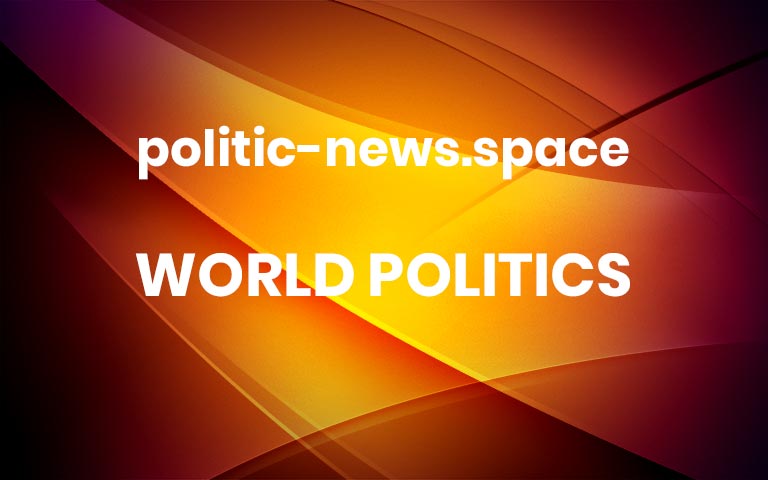Donald Trump says US will ‘run’ Venezuela as Nicolás Maduro and wife Cilia Flores are flown to New YorkUS strikes on Venezuela – live updatesThe US president, Donald Trump, has said the US will ‘run’ Venezuela after its president, Nicolás Maduro, and his wife, Cilia Flores, were captured and taken to New York, hours after a “large-scale” pre-dawn assault on Caracas and the surrounding region. Here is what we know so far:Donald Trump said “We’re going to run the country [Venezuela] until such time as we can do a safe, proper and judicious transition” during a press conference about the attack on Venezuela. He has not given details.A plane carrying Maduro and Flores landed in New York on Saturday evening and they were expected to be transported to appear in Manhattan federal court, possibly as soon as Monday.The US is going to be “very strongly involved” in Venezuela’s oil industry after the military operation, Trump said. He said: “We have the greatest oil companies in the world, the biggest, the greatest, and we’re going to be very much involved in it.”Trump posted a photograph of Maduro on his Truth Social platform. It appeared to show the captured Venezuelan president in handcuffs, wrap-around sun goggles and headphones.The UN security council is due to hold an emergency meeting on Monday.Trump said his administration had not spoken to Venezuela’s exiled opposition leader María Corina Machado. He said he did not think she would be able to return to lead Venezuela, saying: “She does not have the support in Venezuela. She is a very nice woman but she does not have the support.”The constitutional chamber of Venezuela’s supreme court has ordered vice president Delcy Rodríguez to assume the role of acting president in Maduro’s absence.Trump was asked about Cuba during the press conference on Venezuela. He said “Cuba, as you know, is not doing very well right now. That system has not been a very good one for Cuba. The people there have suffered for many, many years and I think Cuba is going to be something we’ll end up talking about, because Cuba is a failing nation right now.”The US Department of Justice released a new indictment against Nicolás Maduro, including his wife, Celia Flores, his son and others.The US vice-president, JD Vance, hailed what he called a “truly impressive operation”. Resharing Trump’s post about the action, Vance wrote: “The president offered multiple off-ramps, but was very clear throughout this process: the drug trafficking must stop, and the stolen oil must be returned to the United States.”In a statement on X, the US secretary of state, Marco Rubio, said Maduro was “under indictment for pushing drugs in the United States”. The Republican senator Mike Lee said on Saturday that Rubio had told him he “anticipates no further action in Venezuela now that Maduro is in US custody”.The UN secretary general, António Guterres, is deeply alarmed by US military action in Venezuela, his spokesperson has said, and considered the US intervention “a dangerous precedent”. Continue reading… More



